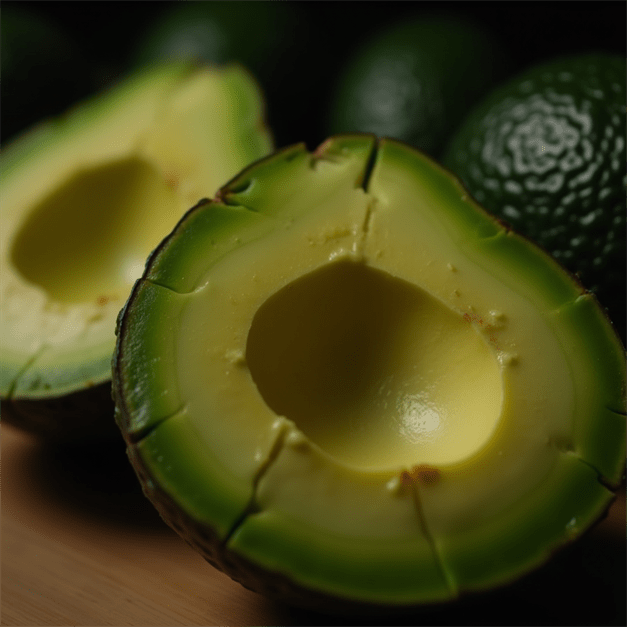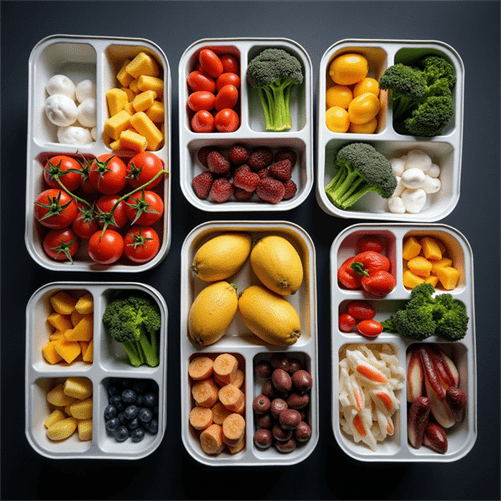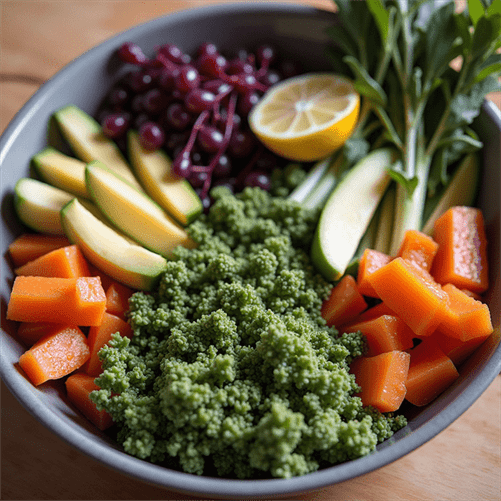Life After Ozempic Doesn’t Have to Be a Struggle

For anyone worried about weight coming back, this changes everything.
Listen, I get it. You’ve been riding the Ozempic train, watching those pounds melt away like butter on hot toast, and now you’re staring down the barrel of a terrifying question: “What happens when I stop?” How will life after Ozempic work for me? If you’ve asked yourself this question even once, you’re not alone, and more importantly, you’re not doomed.
Here’s the truth that the fear-mongering headlines won’t tell you: your success doesn’t have to disappear when you put down that pen. The weight doesn’t have to come screaming back like a boomerang in a bad comedy movie.
From Fearing the Weight Will Return to Knowing It Won’t
The panic is real, I’ve seen it in every client who walks through my door fresh off their last injection. They’re terrified that without that pharmaceutical safety net, they’ll turn back into their former selves faster than you can say “meal replacement shake.” But here’s what a decade of working with people in transition has taught me: the medication was just the training wheels, not the whole bike.
Your body learned something during those months on Ozempic. It remembered what normal hunger feels like, what satisfaction tastes like, and how to function without the constant food noise that used to run the show in your head like a broken record.
The Science Behind Lasting Results After Ozempic
Dr. Layne Norton’s research shows us something fascinating about metabolic adaptation. When you lose weight gradually and maintain stable eating patterns, your body doesn’t stage a metabolic rebellion the way it does with crash diets. Think of Ozempic as having given you a masterclass in portion control and hunger management.
Your brain got months of practice distinguishing between actual hunger and boredom eating. Those neural pathways don’t just vanish the moment you stop injections, any more than forgetting how to ride a bike after you take the training wheels off.
From Depending on Injections to Living with Real Freedom
Real freedom isn’t needing a shot every week to feel normal around food. Real freedom is understanding that your relationship with hunger, fullness, and satisfaction has fundamentally changed during your time on medication.
The clients who maintain their results without relying on medication are the ones who use their Ozempic phase as boot camp for their eating habits. They learn to cook differently, shop differently, and most importantly, think about food differently.
The Hunger Management Blueprint for Life After Ozempic
Andrew Huberman talks about how our brains are prediction machines, constantly trying to anticipate what’s coming next. Your brain spent months learning to predict satisfaction from smaller portions and regular meal timing. That’s not pharmaceutical magic, that’s neuroplasticity at work.
Here’s what keeping those results looks like in practice: you maintain the eating schedule that worked, you keep prioritizing protein the way you learned to do, and you stay connected to your actual hunger and fullness signals instead of eating on autopilot.
From Short-Term Results to Permanent Transformation
The difference between people who maintain their weight loss and those who don’t isn’t willpower or genetics. It’s understanding that the medication taught them skills, and skills don’t disappear when you stop taking pills.
Dr. Annette Bosworth’s work with metabolic flexibility shows us that our bodies can learn to be efficient fat-burners when we give them consistent signals. Ozempic helped create those consistent signals, but you can maintain them without pharmaceutical assistance.
Stay in Control Long After the Shots Stop
Control isn’t about restriction or deprivation. Control is about knowing that you can trust yourself around food because you’ve spent months relearning what your body actually needs versus what your old habits told you to want.
The fear of rebound weight gain is based on the assumption that nothing really changed except the number on the scale. But if you paid attention during your time on medication, everything changed: how you respond to stress, how you plan meals, how you experience satisfaction, and how you navigate social eating situations.
Keep Losing, Keep Thriving Without Needing Ozempic
Maintenance isn’t about standing still. It’s about continuing to refine the skills you learned and staying curious about what your body needs as it continues to change and adapt.
Some of my most successful clients are the ones who approached their Ozempic phase like they were earning a degree in their own metabolism. They studied what worked, they noticed patterns, and they built systems that could outlast any medication.
For People Who Want Permanent Results, Not Temporary Fixes
Permanent results come from permanent changes in how you think about and interact with food. The medication gave you space to make those changes without the constant noise of food obsession drowning out your common sense.
That space doesn’t have to disappear when the shots stop. You’ve learned to eat when you’re hungry, stop when you’re satisfied, and choose foods that make you feel energetic instead of sluggish.
The Real Secret to No Rebound, No Backslide
The real secret isn’t another supplement or diet plan. It’s trusting that you actually learned something during those months of medication-assisted eating.
You learned that you don’t need to clean your plate, that vegetables can taste good when you’re not forcing them down out of guilt, and that satisfaction comes from eating enough of the right things rather than restricting everything and then binging on the wrong things.
End the Cycle of Regain Once and For All
The cycle of regain happens when people treat weight loss medications like a temporary fix instead of a learning opportunity. When you understand that Ozempic was your training period for sustainable eating habits, the end of injections becomes graduation, not failure.
Your success becomes permanent when you realize that the medication didn’t do the work for you. It gave you the mental space to do the work yourself, and that work doesn’t disappear when you put the pen down.
The weight stays off because you’re not the same person who gained it in the first place. You’ve got new skills, new awareness, and most importantly, new trust in your own ability to take care of yourself without needing pharmaceutical assistance.
That’s not just weight maintenance. That’s freedom.
Time to Take the Wheel
Here’s the thing: Ozempic did the heavy lifting and your brain got to experience the ride without you having to pay attention. It was like having a really good driving instructor who kept their foot hovering over the brake pedal while you learned to navigate traffic.
Now, you’ll need to pay attention. The good news is that you’ve already been practicing, even if you didn’t realize it.
Keep Your Fat Stores Down While Turning Up Your Fat Burning
There are specific steps you can take to keep your fat stores down while turning up your fat burning muscle fibers. It’s not about willpower or restriction, it’s about understanding how to work with your metabolism instead of against it.
Your body is designed to be a efficient fat-burning machine when you give it the right signals. The medication helped create those signals automatically, but now you get to learn how to create them intentionally.
If you want the complete roadmap for maintaining your results and taking full control of your hunger and eating habits, check out my current work: The Hunger Management Alternative: Break Free from Cravings, Master Your Hunger, and Take Back Control of Your Eating Habits—for Good!
You can find it here: https://www.amazon.com/dp/B0DX284XYD
Your Ozempic journey was just the beginning. The real adventure starts now.




















